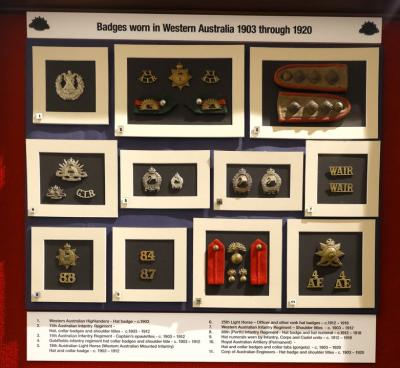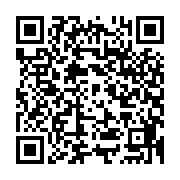World War 2, Diorama Mannequin, Defence of Crete, Digger, 1941
Kneeling infantry soldier of 6 Division AIF firing at German paratroopers in action to defend the island of Crete, 6 April 1941
The Greek campaign, in which Australian, British and New Zealand troops supported Greek forces against the Axis powers, was an ill-planned, disastrous and short campaign in April and May 1941.
On 6 April 1941, German forces attacked Greece and Yugoslavia simultaneously. British Prime Minister Winston Churchill was unable to secure support from Turkey for an Allied Balkan front; furthermore, the Australian and New Zealand governments, who provided most of the troops, were not privy to the planning of the operation.
Some 58,000 men, including two thirds of the Australian 6th Division, were transported from Africa and, together with the Greek Army, faced two German armies: the 12th, consisting of 13 divisions, and the 2nd, with 15 divisions, and including four armoured divisions in each. On the first day, the Germans made a devastating air attack on Piraeus; the Allies lost the initiative and never regained it.
Australian and New Zealand troops (redesignated the ANZAC Corps) undertook some very successful local fighting but withdrawal was soon inevitable. The evacuation began on 24 April and over 50,000 troops were removed over five successive nights.
Over 26,000 Allied troops evacuated from Greece, landed on Crete in the last week of April 1941. The brief, savage campaign on Crete lasted less than a month,. After some initial successes, retreating Allied forces tried to reach the evacuation point in Suda Bay. HMAS Perth was hit while carrying members of the AIF back to Egypt.
Although 15,000 men were evacuated by ships of the Royal Navy and the Royal Australian Navy, some 12,000 Allied troops, including 3,000 Australians, were left on Crete and most became prisoners of war of the Germans. Both the 6th Australian and the 2nd New Zealand Divisions had to be rebuilt.
Details
Details
Fighting in shirtsleeve order with minimum equipment and loop of 4x2 rifle cleaning material as identifier
Australian Army Museum of Western Australia
Australian Army Museum of Western Australia
Other items from Australian Army Museum of Western Australia
- World War 2, Diorama Mannequin, Capture of Crete, Fallschirmjaeger, 1941
- World War 2, Mannequin Diorama, Kokoda Trail, 2/16 Battalion, 1942 (1 of 3)
- World War 2, Mannequin Diorama, Kokoda Trail, 2/16 Battalion, 1942 (2 of 3)
- World War 2, Home Front Technology Context - Portable Typewriter
- Inter-War, Western Australia, Fremantle, Garrison Artillery, 1938
- World War 2, Mannequin Diorama, Kokoda Trail, 2/16 Battalion, 1942 (3 of 3)
- Medium Fire Support Vehicle / Medium Reconnaissance Vehicle
- Pre 1914, Medals Display, British Colonial Wars
- World War 1, Western Front, Last 100 Days Display, 1918
- Pre 1914, Western Australia, Badges Display, 1903-1920
- World War 1, Eastern Mediterranean, Egypt, Cheops Pyramid, 11 Battalion, 1915









